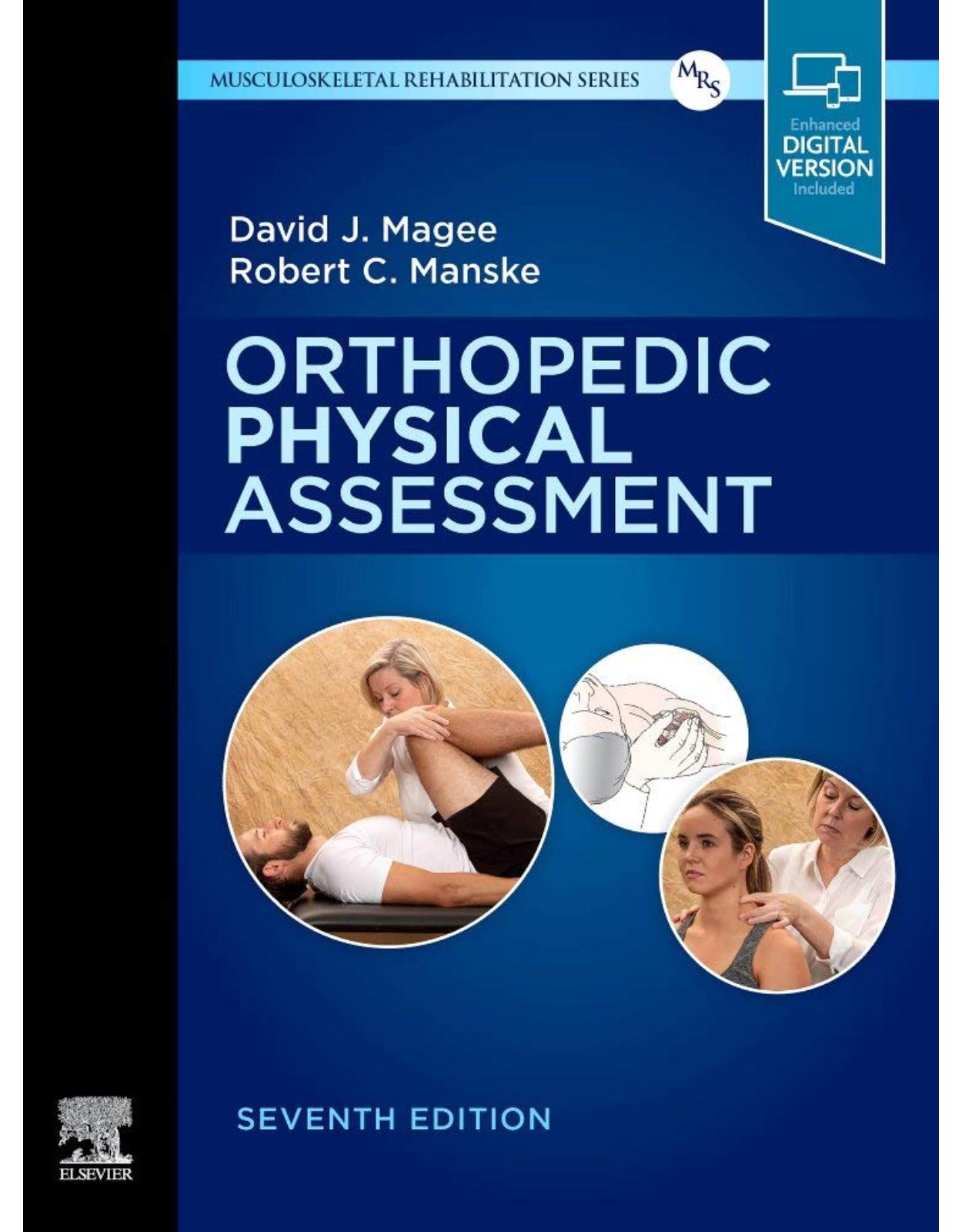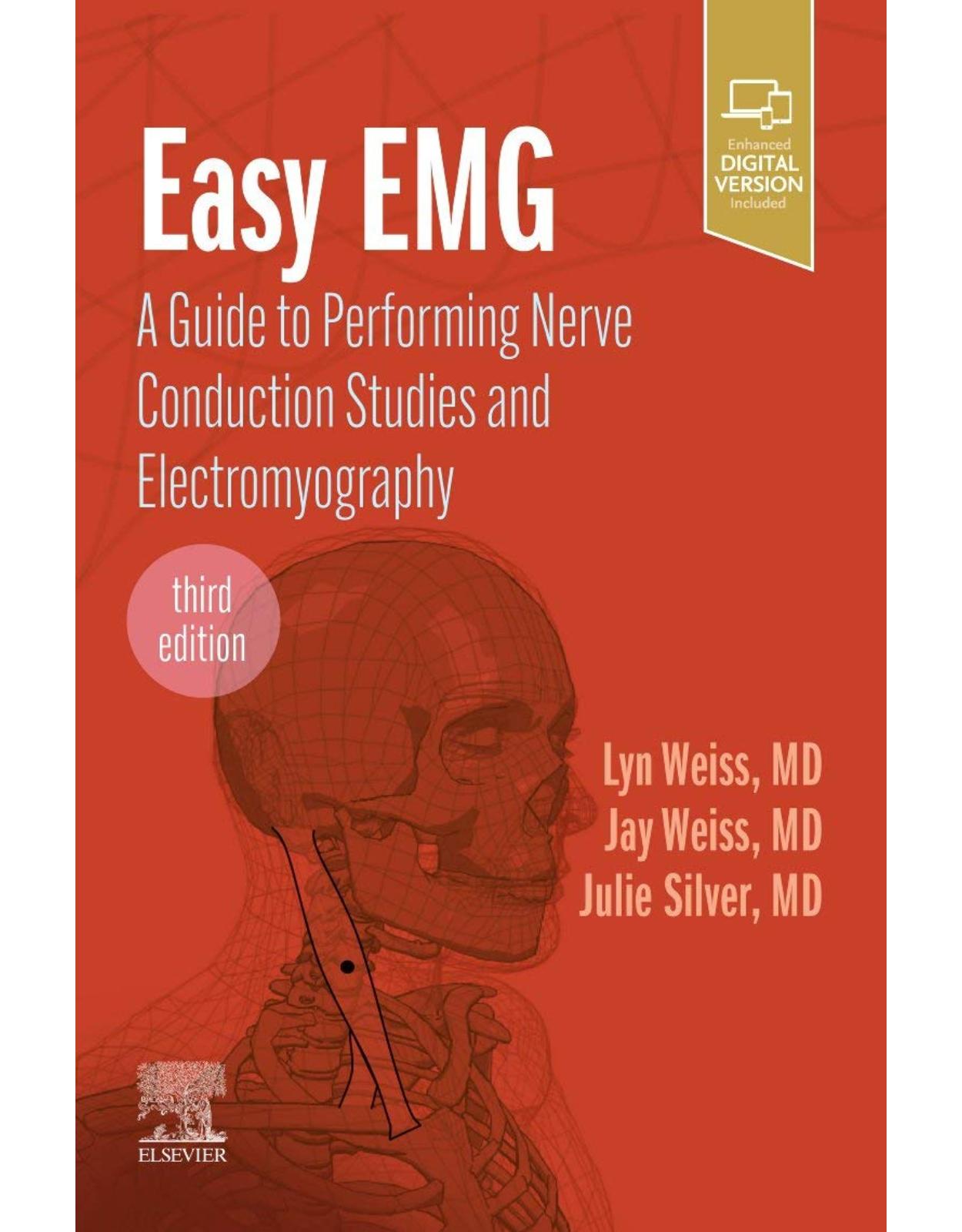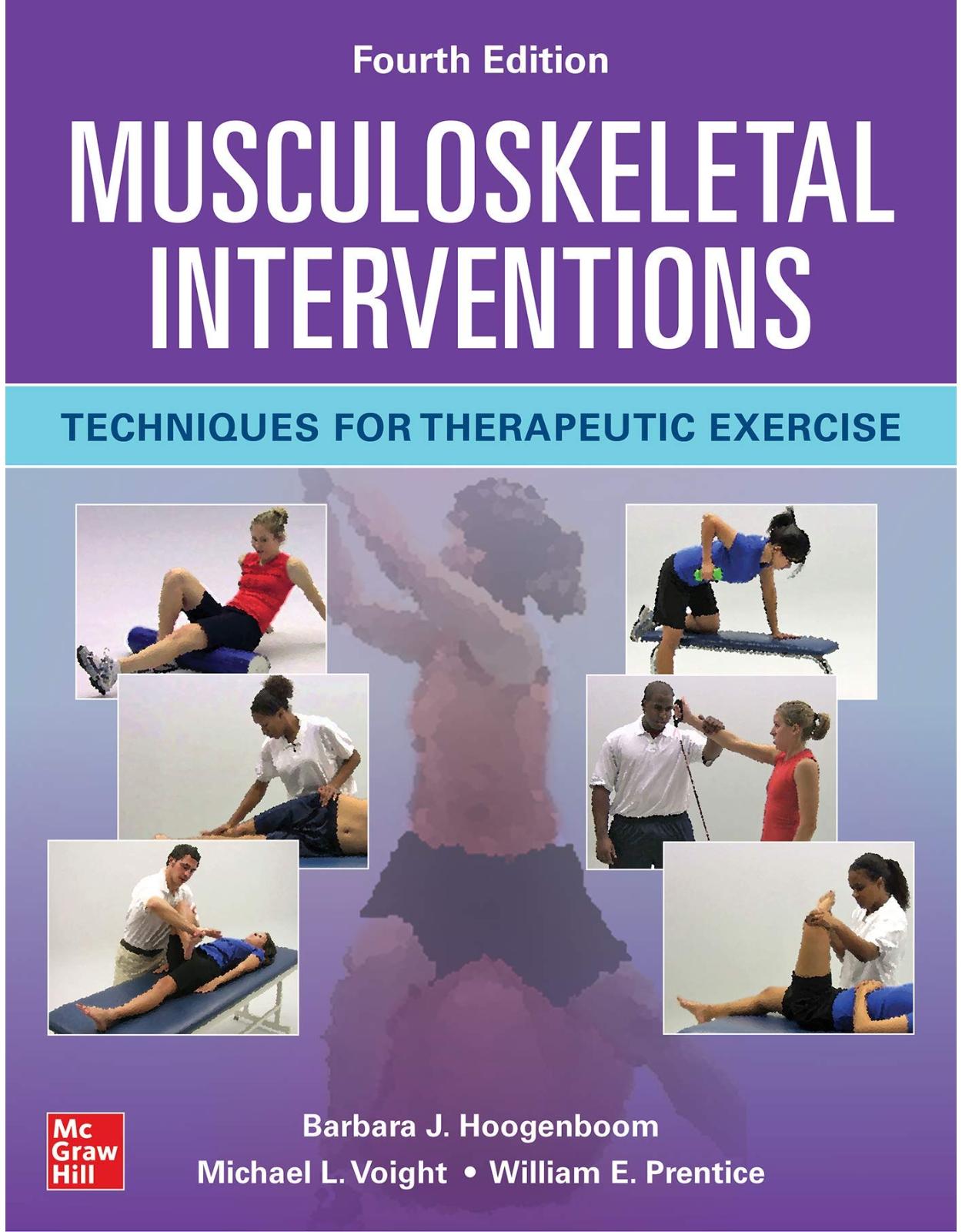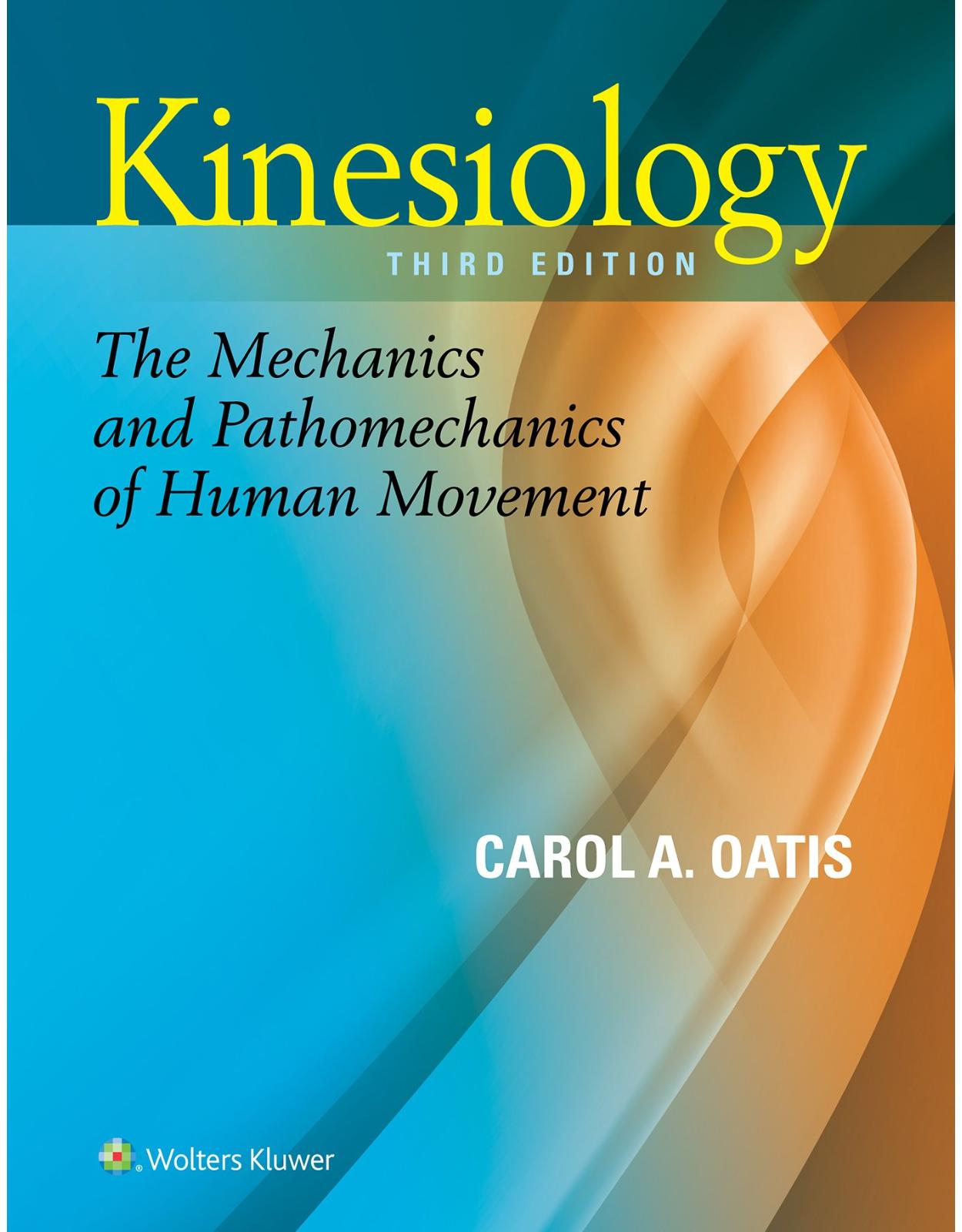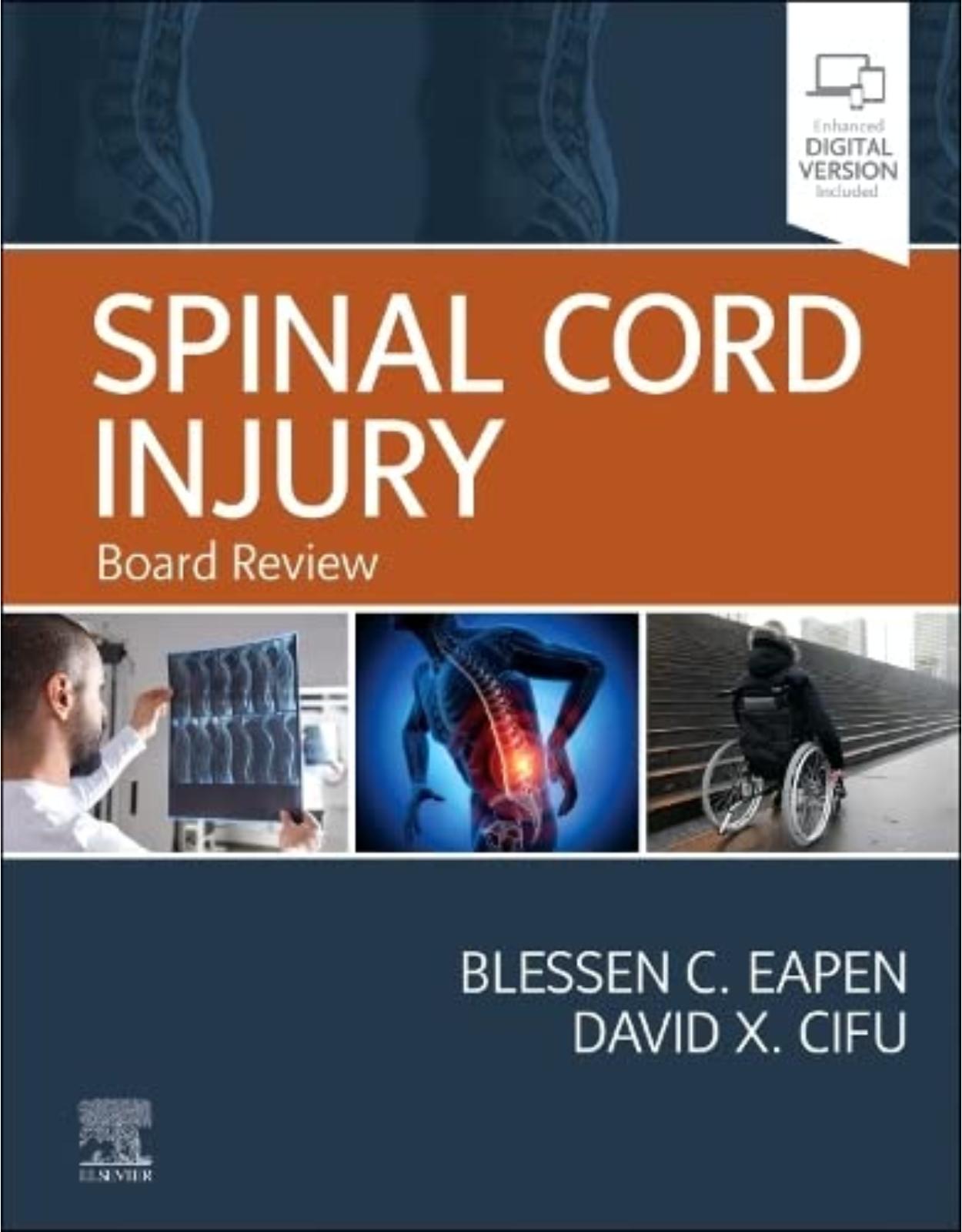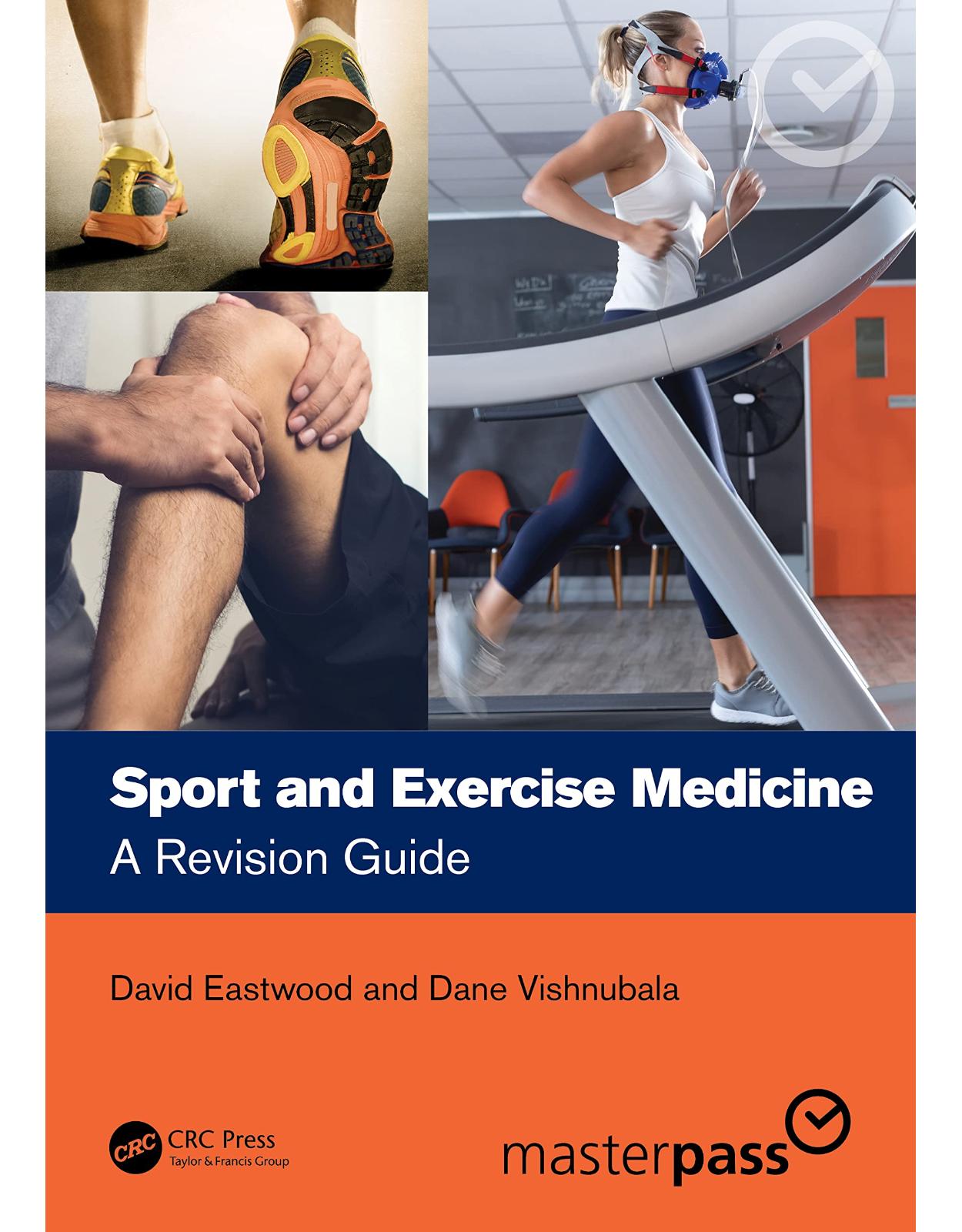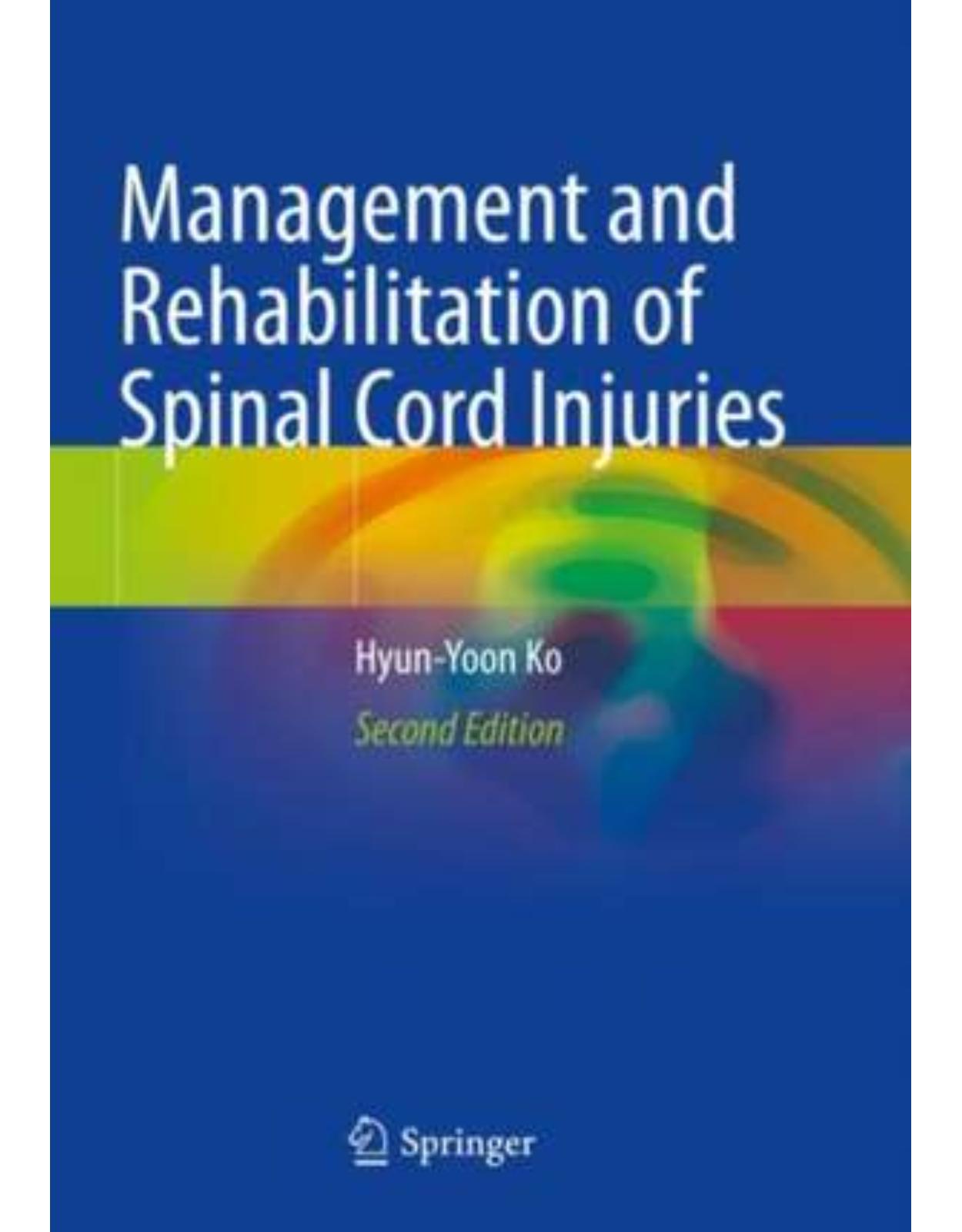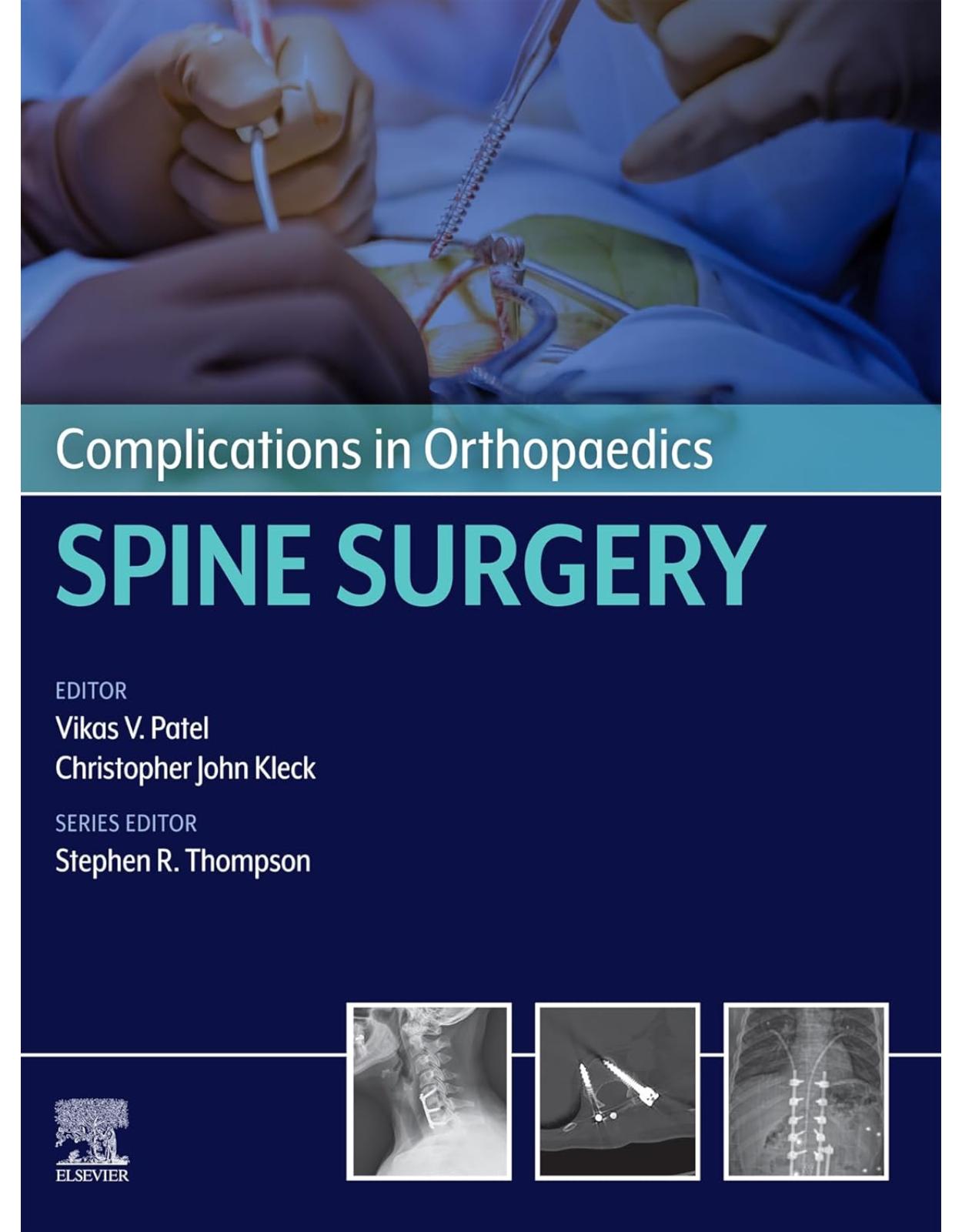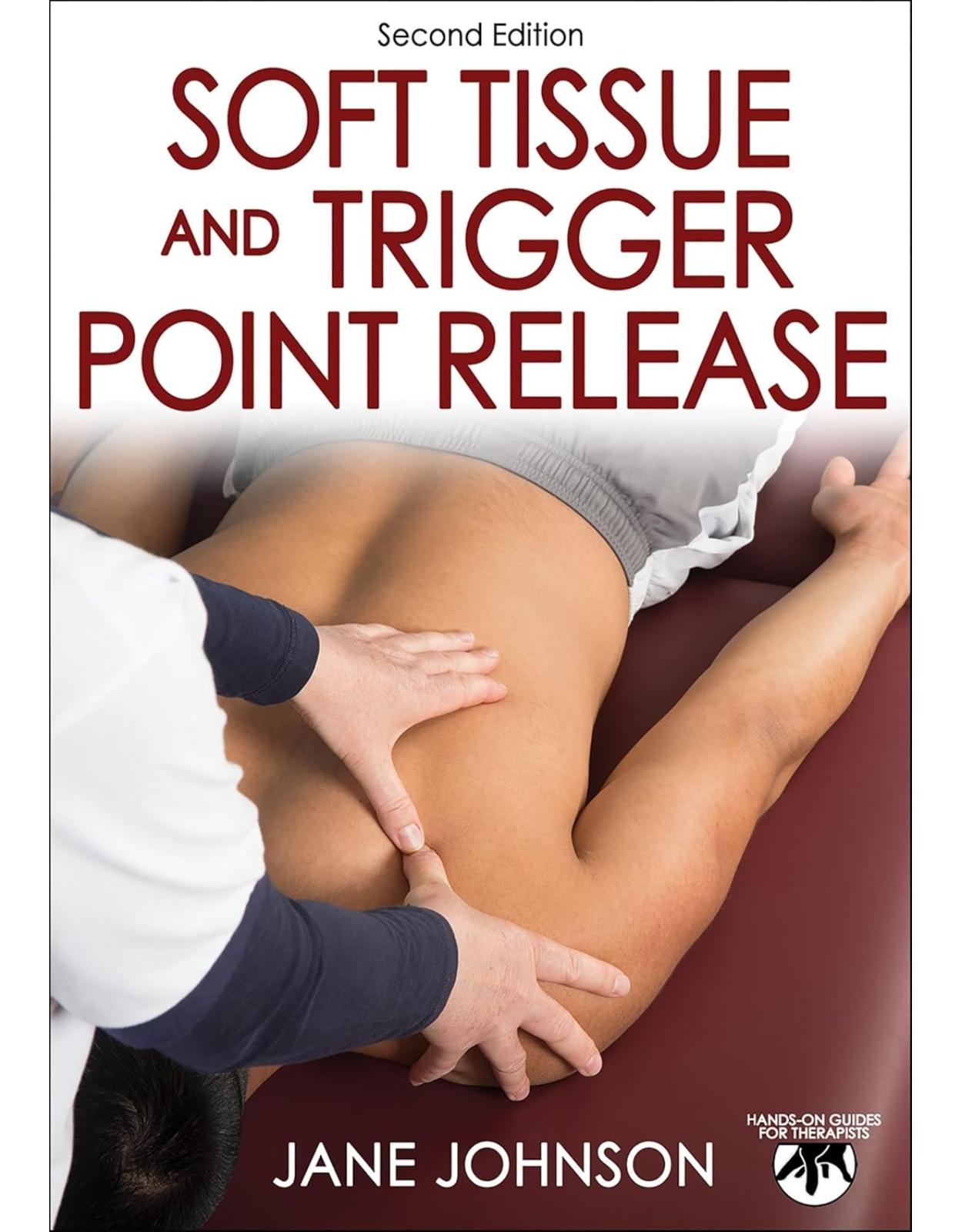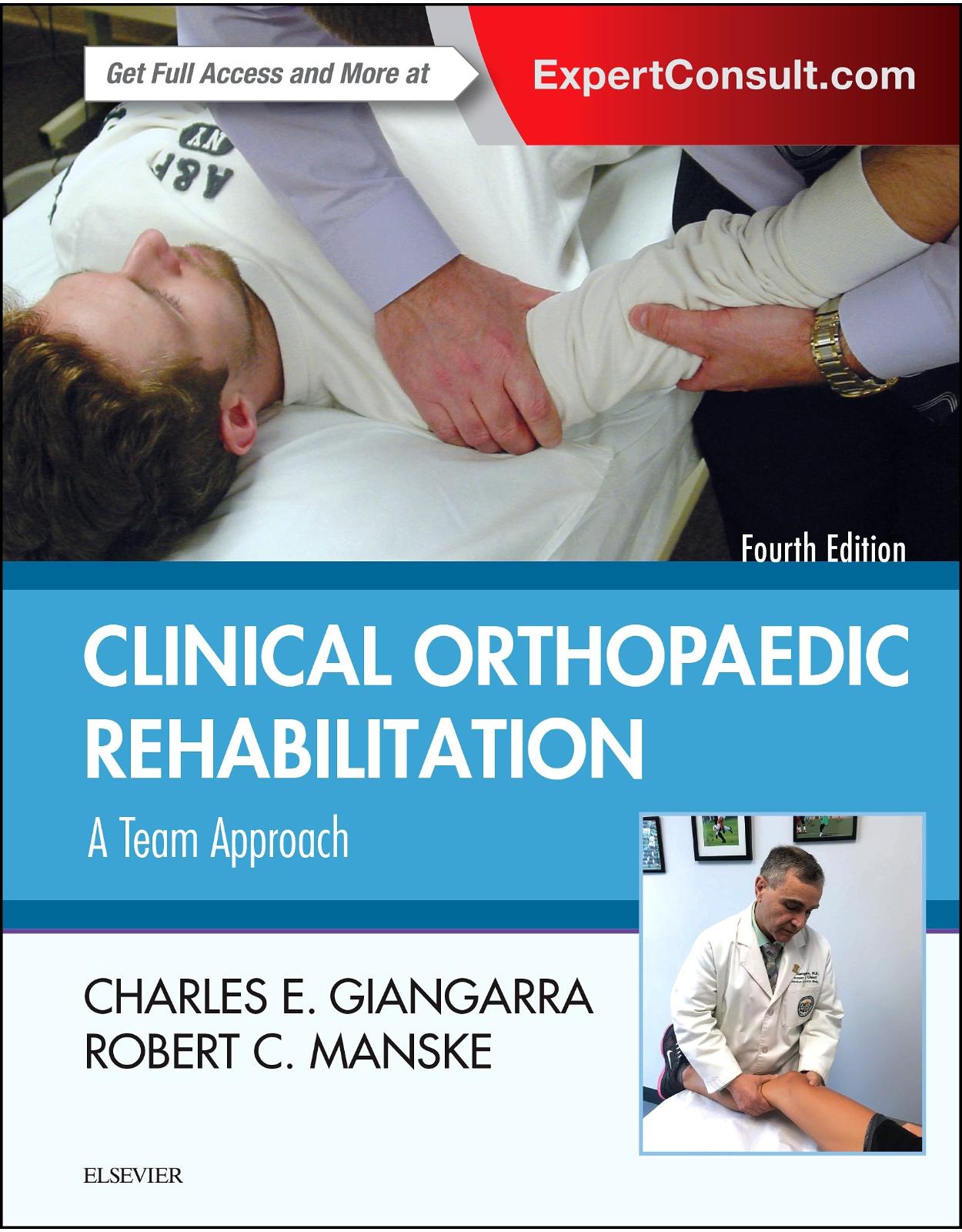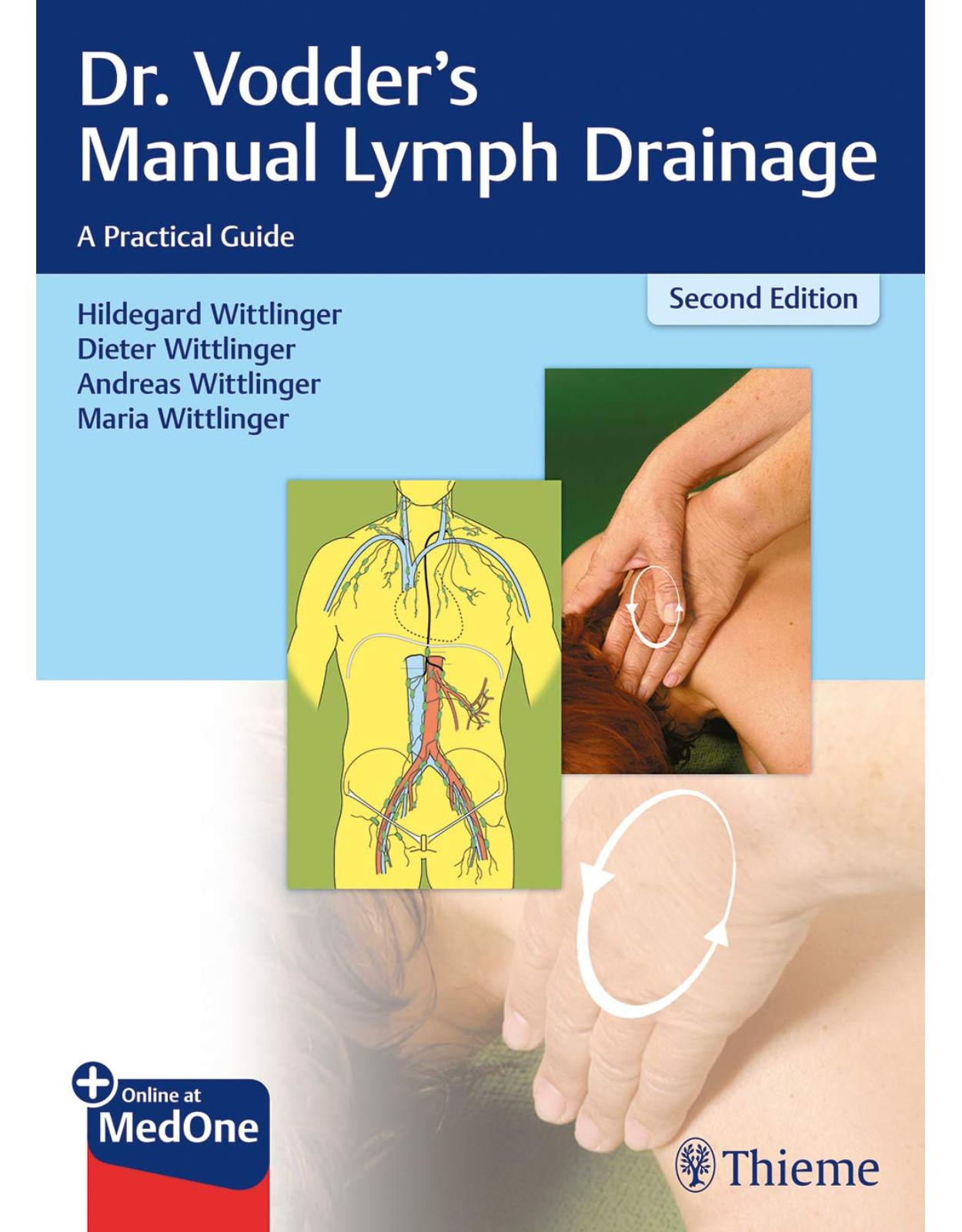
Dr. Vodder’s Manual Lymph Drainage
Livrare gratis la comenzi peste 500 RON. Pentru celelalte comenzi livrarea este 20 RON.
Disponibilitate: La comanda in aproximativ 4 saptamani
Autor: Hildegard Wittlinger, Dieter Wittlinger, Andreas Wittlinger, Maria Wittlinger, Ruth Gutberlet
Editura: Thieme
Limba: Engleza
Nr. pagini: 153
Coperta: Paperback
Dimensiuni: 26.92 x 19.56 cm
An aparitie: 28 Nov. 2018
Description:
Fully updated guide to the theory and practice of Dr. Vodder's Manual Lymph Drainage
Written by the world's leading authorities on Dr. Emil Vodder's techniques for manual lymph drainage (MLD), this lavishly illustrated guide provides step-by-step descriptions of how to massage the lymph vessels to stimulate smooth lymphatic flow.
A concise text describing the basic anatomy and physiology of the circulatory and lymphatic systems is supplemented by full-color photographs and revelatory schematic drawings. The authors discuss indications and contraindications for the treatment techniques, based on the various types of swelling caused by lymphedema, as well as the ways in which Dr. Vodder's method affects different regions of the body.
Key Features:
The latest information on complete decongestive therapy (CDT), including coverage of compression therapy, taping, respiratory treatment, and other complementary methods
More than 200 color photographs demonstrate the therapist's application of manual pressure and movement patterns
Each chapter includes numerous practical tips and sufficient space for personal notes
56 review questions enable self-study
Dr. Vodder's Manual Lymph Drainage: A Practical Guide is a comprehensive, one-stop reference for students, therapists, and practitioners of lymphology, manual medicine, or physical therapy.
Table of Contents:
Part I Theoretical Basics of Manual Lymph Drainage
1 Anatomy and Physiology of the Circulation of Blood
1.1 Blood
1.1.1 Red Blood Cells (Erythrocytes)
1.1.2 White Blood Cells (Leukocytes)
1.1.3 Blood Platelets (Thrombocytes)
1.2 Cardiovascular System
1.2.1 Arterial System
1.2.2 Capillaries
1.2.3 Venous System
2 Anatomy of Lymph Vessels and Lymph Nodes
2.1 Initial Lymph Vessels
2.2 Precollectors
2.3 Lymph Collectors
2.4 Lymph Nodes
2.5 Lymphatic Trunks
2.5.1 Large Lymphatic Pathways
2.5.2 Drainage from the Abdomen
2.5.3 Drainage from the Thorax
2.5.4 Drainage from the Brain
2.5.5 Anastomoses
3 Physiology of the Lymphatic System, Lymph, and Interstitium
3.1 Loose Connective Tissue
3.1.1 Fixed and Mobile Cells
3.1.2 Fibers
3.1.3 Ground Substance/Interstitial Fluid
3.1.4 Function and Qualities
3.1.5 Adipose Tissue
3.1.6 Water Balance
3.1.7 Protein Circulation: Active Transport Mechanism
3.2 Physiology of the Exchange Processes between Interstitium and Terminal Vessels
3.2.1 Molecular Motion: Passive Transport Mechanism
3.2.2 The Starling Equilibrium
3.3 Function of Lymph Vessels
4 Lymphedema
4.1 Primary Lymphedema
4.2 Secondary Lymphedema
4.3 Possible Complications of Lymphedema
4.3.1 Infection
4.4 Physical Reactions to Lymphedema
4.5 Additional Indications for Manual Lymph Drainage
4.5.1 Venous Edema of the Leg
4.5.2 Lipedema
4.5.3 Lipohypertrophy
4.5.4 Cardiac Edema
Part II Manual Lymph Drainage
5 Equilibrium and Balance as the Aim of Massage
5.1 Fluid Equilibrium
5.2 Balance in Alternative Healing Methods
6 Indications and Contraindications for Manual Lymph Drainage
6.1 Indications
6.2 Absolute Contraindications
6.2.1 Relative Contraindications
7 Effect of Manual Lymph Drainage on the Smooth Muscles of Blood Vessels and Lymphangions
7.1 Different Effects of Manual Lymph Drainage
7.1.1 Relaxing, Calming, and Stimulating the Lymph Flow
7.1.2 Pain Relieving
7.1.3 Affecting the Immune System
7.1.4 Decongesting: Reducing Edema
8 Diagnostic Examination and Edema Measurement
Part III The Technique of Manual Lymph Drainage
9 Massage Techniques
9.1 The Nature of the Massage
9.1.1 Stationary Circle
9.1.2 Scoop Technique
9.1.3 Pump Technique
9.1.4 Rotary Technique
9.1.5 Thumb Circles
9.2 Duration and Intensity of the Massage
9.3 Creating the Environment for Optimal Treatment
9.4 Treatment Guidelines for Manual Lymph Drainage
10 Treatments of the Individual Parts of the Body
10.1 Treatment of the Neck
10.1.1 Effleurage
10.1.2 Profundus to Terminus
10.1.3 Occiput to Terminus
10.1.4 Tip of the Chin to the Profundus, then to the Terminus
10.1.5 Fork Technique
10.1.6 Shoulder Circles
10.1.7 Shoulder Circles
10.1.8 Profundus to Terminus
10.1.9 Final Effleurage
10.2 Treatment of the Face
10.2.1 Effleurage
10.2.2 Jaw Area
10.2.3 Nose
10.2.4 “Long Journey”
10.2.5 Treatment of the Eyes
10.2.6 Eyebrows
10.2.7 Forehead
10.2.8 Temple to Profundus
10.2.9 Profundus to Terminus
10.2.10 Effleurage (Not Shown)
10.3 Treatment of the Arm
10.3.1 Effleurage (Not Shown)
10.3.2 Upper Arm
10.3.3 Elbow
10.3.4 Forearm
10.3.5 Hand
10.3.6 Finger Treatment (Not Shown)
10.3.7 Final Effleurage
10.4 Treatment of the Leg
10.4.1 Effleurage
10.4.2 Thigh
10.4.3 Knee
10.4.4 Lower Leg
10.4.5 Foot
10.4.6 Final Effleurage
10.5 Treatment of the Nape of the Neck
10.5.1 Effleurage
10.5.2 Profundus to Terminus
10.5.3 Occiput to Terminus
10.5.4 Back of the Head
10.5.5 Shoulders
10.5.6 “Rabbit” Technique
10.5.7 Skin of the Nape of the Neck
10.5.8 “Soldiers” Technique
10.5.9 Vibration, Final Effleurage
10.6 Treatment of the Back
10.6.1 Effleurage (Not Shown)
10.6.2 Right Side of the Back
10.6.3 Left Side of the Back
10.6.4 Extensors of the Spine
10.6.5 Triangle between the Shoulder Blades
10.6.6 “Soldiers” Technique (Not Shown)
10.6.7 Vibration and Final Effleurage
10.7 Treatment of the Buttocks
10.7.1 Effleurage
10.7.2 Right Buttock
10.7.3 Left Buttock
10.7.4 Sacral Triangle
10.7.5 Vibration and Final Effleurage
10.8 Treatment of the Chest
10.8.1 Effleurage
10.8.2 Left Side
10.8.3 Right Side
10.8.4 “Seven” Technique
10.8.5 Final Effleurage
10.9 Treatment of the Abdomen
10.9.1 Effleurage
10.9.2 Solar Plexus
10.9.3 Colon Strokes
10.9.4 Treatment of the Colon
10.9.5 Weight Reduction Technique (Treatment of the Small Intestine)
10.9.6 Treatment of Deep Lymph Vessels/Nodes
10.9.7 Final Effleurage with Breathing
11 Special Techniques
11.1 Special Techniques for the Head
11.1.1 Nose
11.1.2 Eyes
11.1.3 Skull
11.1.4 Ears
11.1.5 Intraoral Drainage (Not Shown)
11.2 Special Techniques for the Arm
11.2.1 Elbow
11.2.2 Wrist (Not Shown)
11.3 Special Techniques for the Leg
11.3.1 Knee
11.3.2 Foot
11.4 Special Techniques for the Shoulder
11.4.1 Mobilizing the Shoulder Blade Posteriorly
11.4.2 Mobilizing the Shoulder Blade Anteriorly
11.4.3 Glenohumeral Mobilization
11.4.4 Searching for Painful Points: Patient in the Lateral Position (Not Shown)
11.4.5 Searching for Painful Points: Patient in Supine Position (Not Shown)
11.5 Special Techniques for the Back
1.5.1 Intercostal Spaces (Not Shown)
11.5.2 Extensors of the Spine (Not Shown)
11.6 Special Techniques for the Hips
11.6.1 Standing behind the Patient
11.6.2 Standing in Front of the Patient
11.6.3 Standing Next to the Patient
11.7 Special Techniques for the Chest
11.7.1 Intercostal Spaces
11.7.2 Breathing Technique
11.8 Special Techniques for the Abdomen
11.8.1 Wide Pelvis
11.8.2 Narrow Pelvis
12 Treatment Model for Secondary Lymphedema
12.1 Treatment of Secondary Lymphedema of the Arm
12.1.1 Lymph Nodes of the Neck (Not Shown)
12.1.2 Healthy Breast (Not Shown)
12.1.3 Affected Breast
12.1.4 Treatment of the Edematous Arm
12.1.5 Affected Breast (Not Shown)
12.1.6 Back (Not Shown)
12.2 Treatment of Secondary Lymphedema of the Leg
12.2.1 Lymph Nodes of the Neck (Not Shown)
12.2.2 Axillary Lymph Nodes (Not Shown)
12.2.3 Abdominal Skin
12.2.4 Treatment of the Edematous Leg from the Front
12.2.5 Quadratus Lumborum (Not Shown)
12.2.6 “Soldiers” Technique (Not Shown)
12.2.7 Skin of the Buttocks (Not Shown)
12.2.8 Treatment of the Edematous Leg from Behind
Part IV Complementary Treatments
13 Complementary Treatments
13.1 Decongestion and Maintenance Phase
13.1.1 Phase 1: Inpatient Decongestion Phase
13.1.2 Phase 1: Outpatient Decongestion Phase
13.1.3 Phase 2: Maintenance Phase
13.2 Skin Care
13.3 Compression Therapy
13.3.1 Bandaging
13.3.2 Compression Stockings
13.4 Therapeutic Exercises and Respiratory Therapy
13.4.1 Therapeutic Exercises
13.4.2 Respiratory Therapy
13.4.3 Meditative Aspects
13.5 Lymph Taping
13.5.1 Lymph Tape
13.6 Further Information
13.6.1 Useful Addresses
Part V Historical Background
14 Historical Background
14.1 Preface to the First Edition 1978
14.2 Lymph Drainage—A New Therapeutic Method Serving Cosmetic Care
14.2.1 The Beauty of the Face
14.2.2 Is Aging Unavoidable?
14.2.3 The Blood Vessel System
14.2.4 The Lymph Vessel System
14.2.5 The Lymph Nodes
14.2.6 Natural Regeneration of the Skin through Lymph Drainage
14.2.7 Lymph Drainage
14.3 Emil Vodder—His Life and Manual Lymph Drainage
References
Index
Read Less
| An aparitie | 28 Nov. 2018 |
| Autor | Hildegard Wittlinger, Dieter Wittlinger, Andreas Wittlinger, Maria Wittlinger, Ruth Gutberlet |
| Dimensiuni | 26.92 x 19.56 cm |
| Editura | Thieme |
| Format | Paperback |
| ISBN | 9783132411449 |
| Limba | Engleza |
| Nr pag | 153 |
| Versiune digitala | DA |

